May 26, 2021
Get into Martial Arts in Hiroshima
Whether you are a total noobie or a highly qualified master, there is something eminently special about learning a martial art in the nation of its inception. As well as providing you with the skills necessary to improve in the sport, it also offers an invaluable insight into the background, culture, and discipline of the art itself and Japan as a whole.
Martial Arts in Japan
Japanese martial arts originate from a time when the caste-based society forbade all but the ruling samurai class from carrying weapons, thus making knowledge of hand-to-hand combat imperative for all other levels of society. Japanese martial arts can be separated into two classes: koryū, the traditional school referring to codes such as sumo, jujutsu, and the various swordsmanship arts used pre-Meiji Restoration on the battlefield; and gendai budo, modern, post-Meiji sports such as karate, kendo, and judo, that have a greater emphasis on self-improvement than combat.
Martial Arts Lessons in Hiroshima
If you are interested in learning a martial art during your stay in Japan, you can join plenty of classes.
Kendo
Forms of kenjutsu, schools of Japanese swordsmanship, have existed since the Muromachi period (1336 to 1573). However, in the mid-19th century, when the carrying of swords was outlawed, the government recruited swordsmen from various schools to develop a unified swordsmanship style to standardize the styles used by policemen. This style, where bamboo swords replaced bladed swords for sparring, eventually become kendo as it is known today.
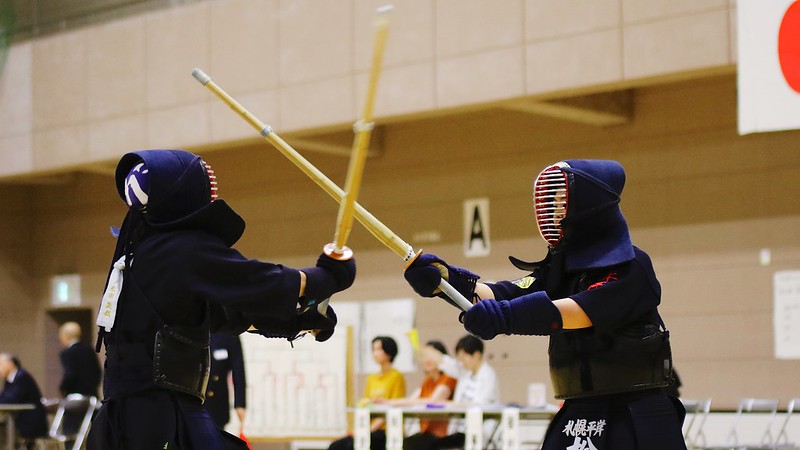
Today there are approximately 1.8 million kendo practitioners worldwide, and servicing Hiroshima since 1954 is the Hiroshima City Kendo Federation, with approximately 1,600 members. For further details on your nearest kendojo, contact the federation’s organizers by email at hiroshima_shiren@crest.ocn.ne.jp.
Website: hirokenren.com
Karate
Ever since Daniel-san used the crane kick to take out Johnny from the Cobra Kai (younger readers, ask your parents), the western world has seen karate as a powerful, combative martial art. However, while there is an element of competitive fighting in Japan, it is seen much more of an art form, where the adherence to positioning and detail outweighs how hard you can punch.
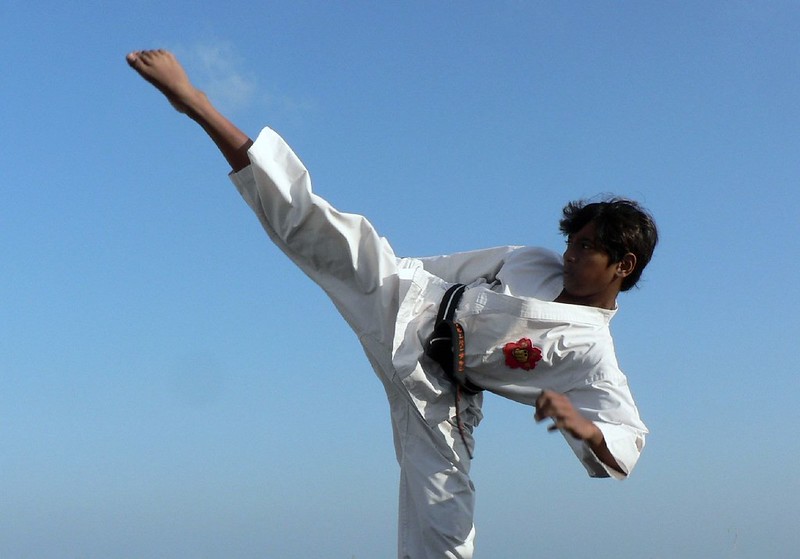
But that’s not to say that it’s not a great workout – because, with the right sensei pushing you, it can be great for your cardio as well as massively improving your strength and flexibility. A few karate dojos around Hiroshima, including the Karatedo Shingikan, offer classes for various levels or objectives all around the city.
Where: Locations around the city. See the website here.
Website: shingikan.jp
Aikido
Now practiced in over 140 countries worldwide, aikido’s development dates to the 1920s from a combination of experience in martial training and the personal philosophy of its Great Teacher, Morihei Ueshiba. Comprised primarily of various throws and joint locks, similar to judo, aikido uses movements that redirect an attacker’s momentum.
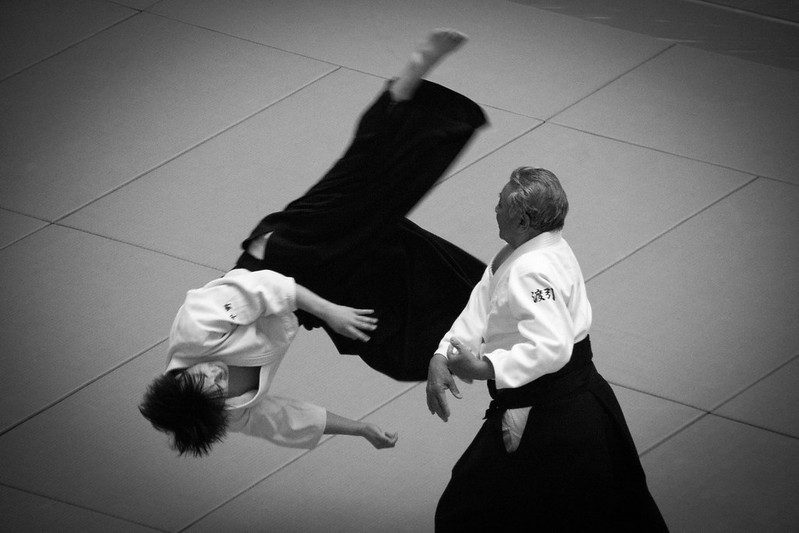
The Hiroshima Aikido Association has many affiliated groups around the city. Check out their dojo introduction here to find the one closest to you.
Website: aikido-hiroshimakai.com
Kyudo
Kyudo, the Japanese martial art of archery, has a long and distinguished history, as the bow and arrow were for centuries intrinsic to warfare. With the Meiji Restoration sparking a decline in interest in the ways of the samurai, like many martial arts, kyudo fell from favor with the general populace. However, at the turn of the century, a group of kyudo masters combined to save traditional archery, merging the war and ceremonial shooting styles, and in 1949 the All Japanese Kyudo Federation was formed.
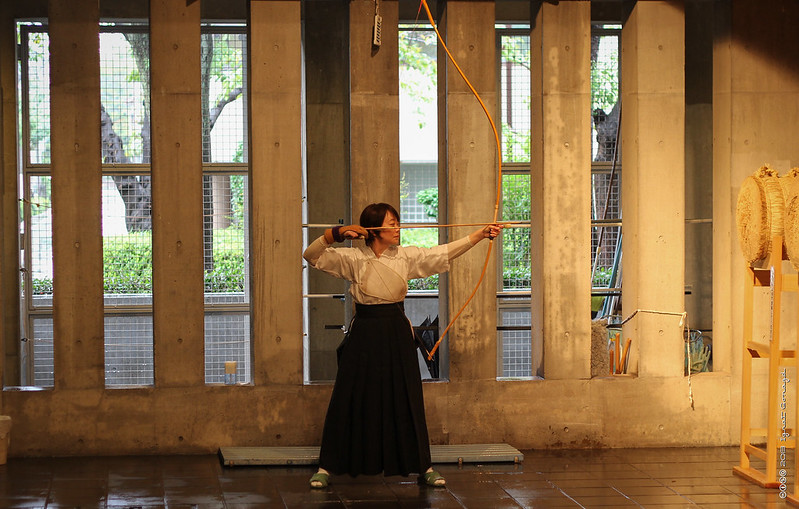
The Hiroshima Kyudo Association aims to promote the spread of Kyudo, improve the citizen’s health, and foster a sporting spirit. They have four dojos around the city, which you can find here. Please note that beginner lessons are on hold at the time of writing due to the pandemic, so please see their website for updates.
Website: hiroshimashi-kyudo.jp
Image: By MIKI Yoshihito via flickr.com [CC BY-2.0] – Modified
Image: By Pandiyan V via flickr.com [CC BY-2.0] – Modified
Image: By L’oeil étranger via flickr.com [CC BY-2.0] – Modified
Image: By Ignat Gorazd via flickr.com [CC BY-2.0] – Modified
Image: By Beatrice Murch via flickr.com [CC BY-2.0] – Modified
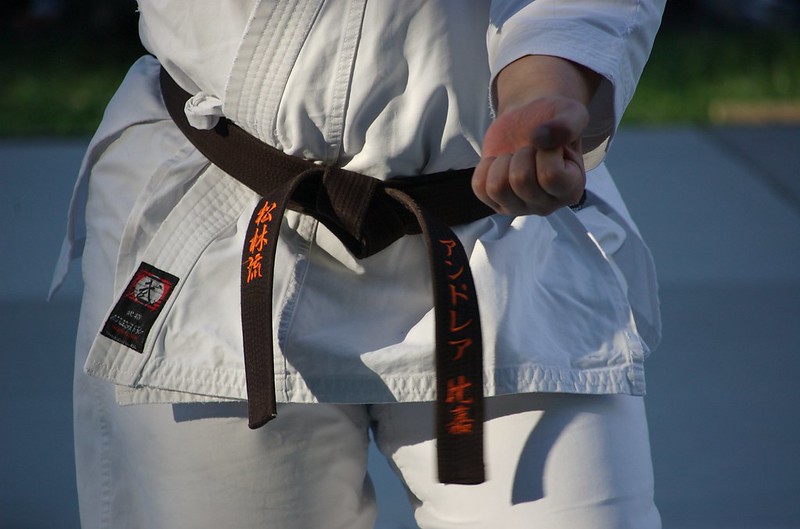

About the author